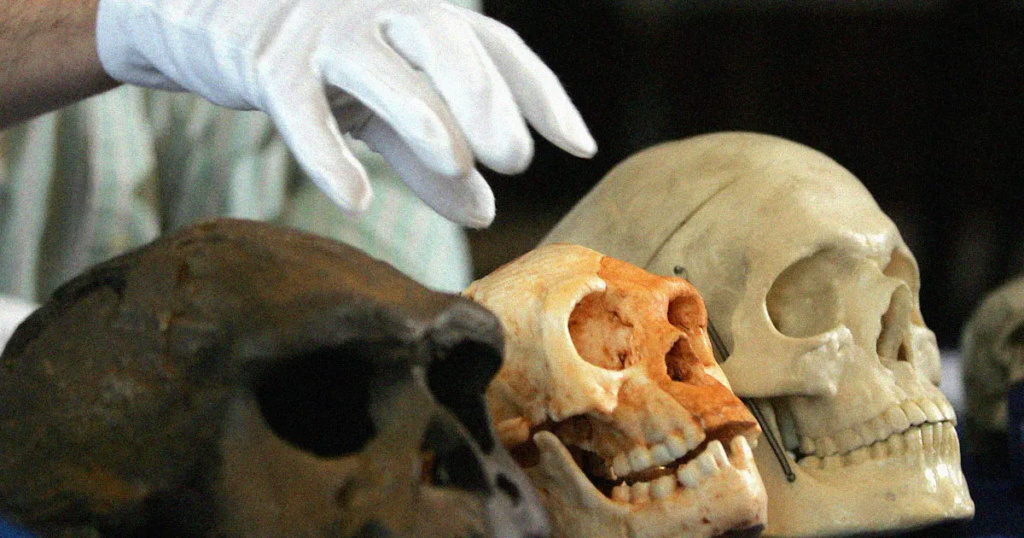In a new study, scientists talk about the possibility of a hobbit-like race (dwarves) hiding on an island.

It has been nearly 20 years since human bones belonging to a hobbit-like species (pygmies) were found on the Indonesian island of Flores.
In an article for The Scientist, retired ethnologist Gregory Furth describes why he believes there is a Floresian race—as they were dubbed by scientist Mike Morwood when he found Ice Age human bones in 2004 on the Indonesian island of Flores—and possibly He's still alive and well in the island's jungles.
The discovery of (Morewood) shook the world when it was reported, and it was “like an alien discovery” in the words of (Forth), as this race (the hobbits) is supposed to be extinct, but in the details of Forth’s expected book “Between Ape and Human” a description of a confrontation between a local tribe called Lio and a tiny creature believed to be of the Floresian race.
“My goal in writing the book was to find the best explanation — that is, the most rational and best supported — of the Lio's creature accounts,” Furth said. Where the book includes reports of sightings by more than 30 eyewitnesses, as he spoke with all of them and concluded that the best way to summarize their statements is that hominins (hobbits) have survived on the island of Flores until the present time.
The scientist describes (according to Lio's mythology) the transformation of humans into other species - the transition to new environments and the adoption of new ways of life - as a myth (relative to his field of work), which indicates a connection between humans and their ancestors of the Floresian race, although he leaves the physiological details of this However, Furth notes that the Lio people find “the appearance of the ape-man to be something wholly inhuman” which, in his estimation, is “annoying” to this original group, and he stumbles upon accusations of ethnology from many critics. Because of his history of racial mischief.
"Palaeontologists and other life scientists would do well to incorporate this indigenous knowledge into ongoing investigations of hominin evolution in Indonesia and elsewhere," Furth writes in The Scientist.
The researcher may not have conclusive evidence yet, but his guess is correct.
Source: websites

